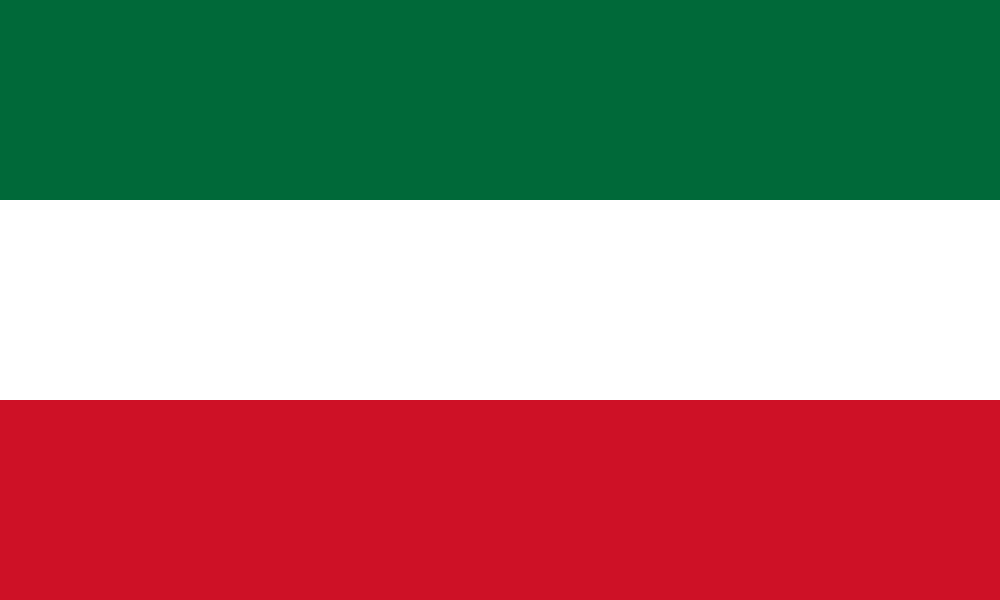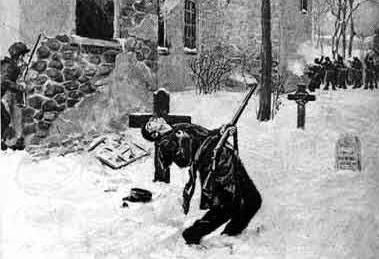In the early 19th century, liberal and republican ideas associated with the French and American revolutions gained popularity among the people of Upper and Lower Canada. These ideas promoted the colonies’ independence from the mother country and a government elected by the people.
Unfortunately, the democratic structure established by the Constitutional Act did not align with these new ideas, despite the creation of a Legislative Assembly. The governor and his entourage, who were not elected by the people, had significant power.
In addition, the rivalry between two political parties, the British Party and the Parti patriote, divided Francophones and Anglophones in Lower Canada.
On top of all this, an agricultural crisis in the 1830s and the United Kingdom’s refusal to make changes to the constitution also contributed to the discontent in Lower Canada.
Plainly, a combination of factors led to the rebellions of 1837 and 1838. In Lower Canada, the Patriotes faced the British army. There were several battles in and around Montreal during this period when the British authorities suspended the Constitution.
The British army successfully put down the rebellion. During this time, villages were burned, families lost their homes and some captured Patriotes were hanged.
The Constitution was not reinstated after these events. Instead, the King sent Lord Durham to govern the colony and investigate the cause of the rebellions.
In his report, Durham proposed a variety of strategies to assimilate Francophones. A number of his proposals were accepted, and in 1840, the King and the British Parliament implemented them in a new constitution called the Act of Union.

The Patriotes’ Flag

The death of Chénier, a Patriote killed at the battle of Saint-Eustache.
To find out more about the Patriote rebellions and the British response, see the following concept sheets: